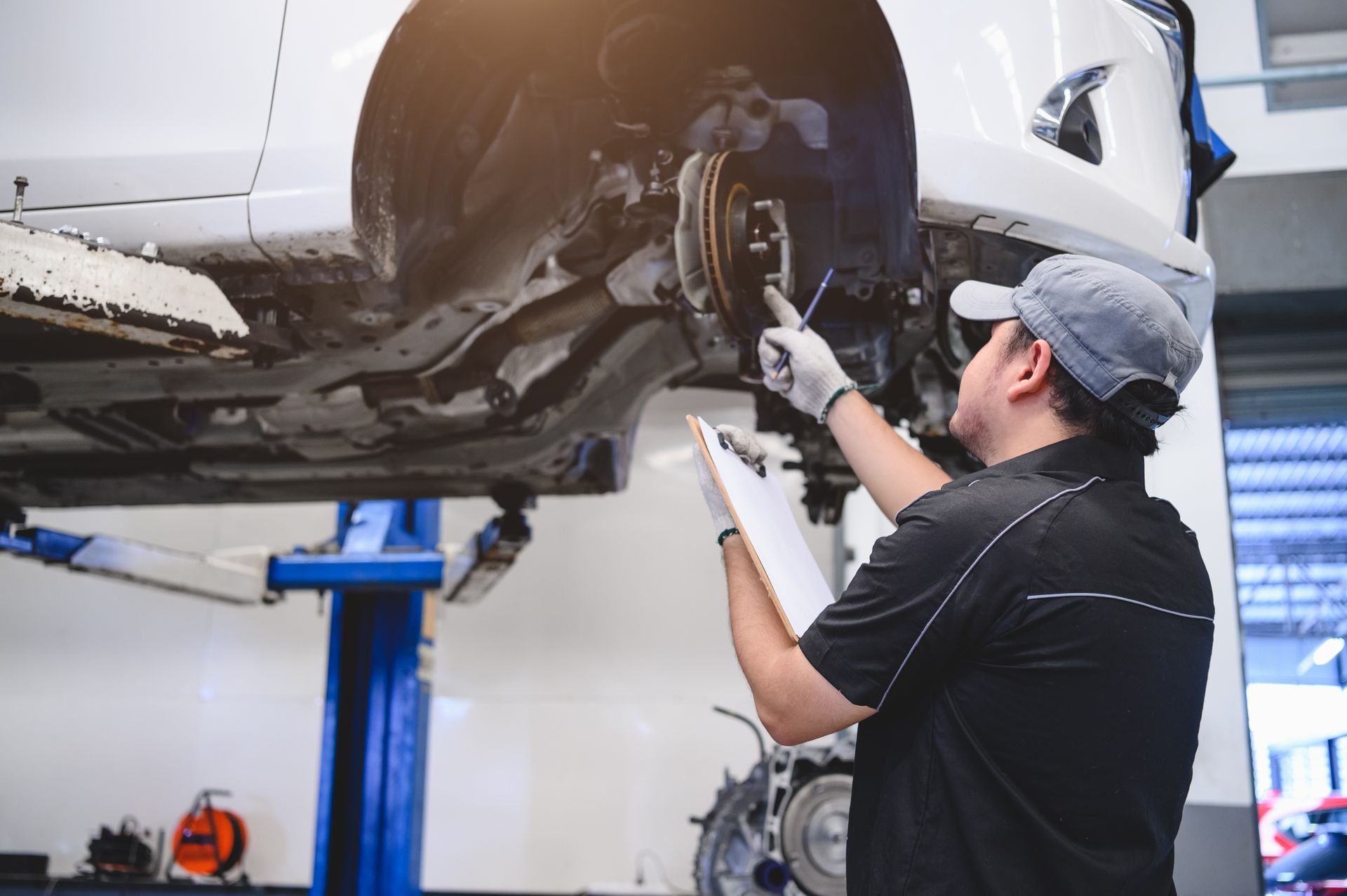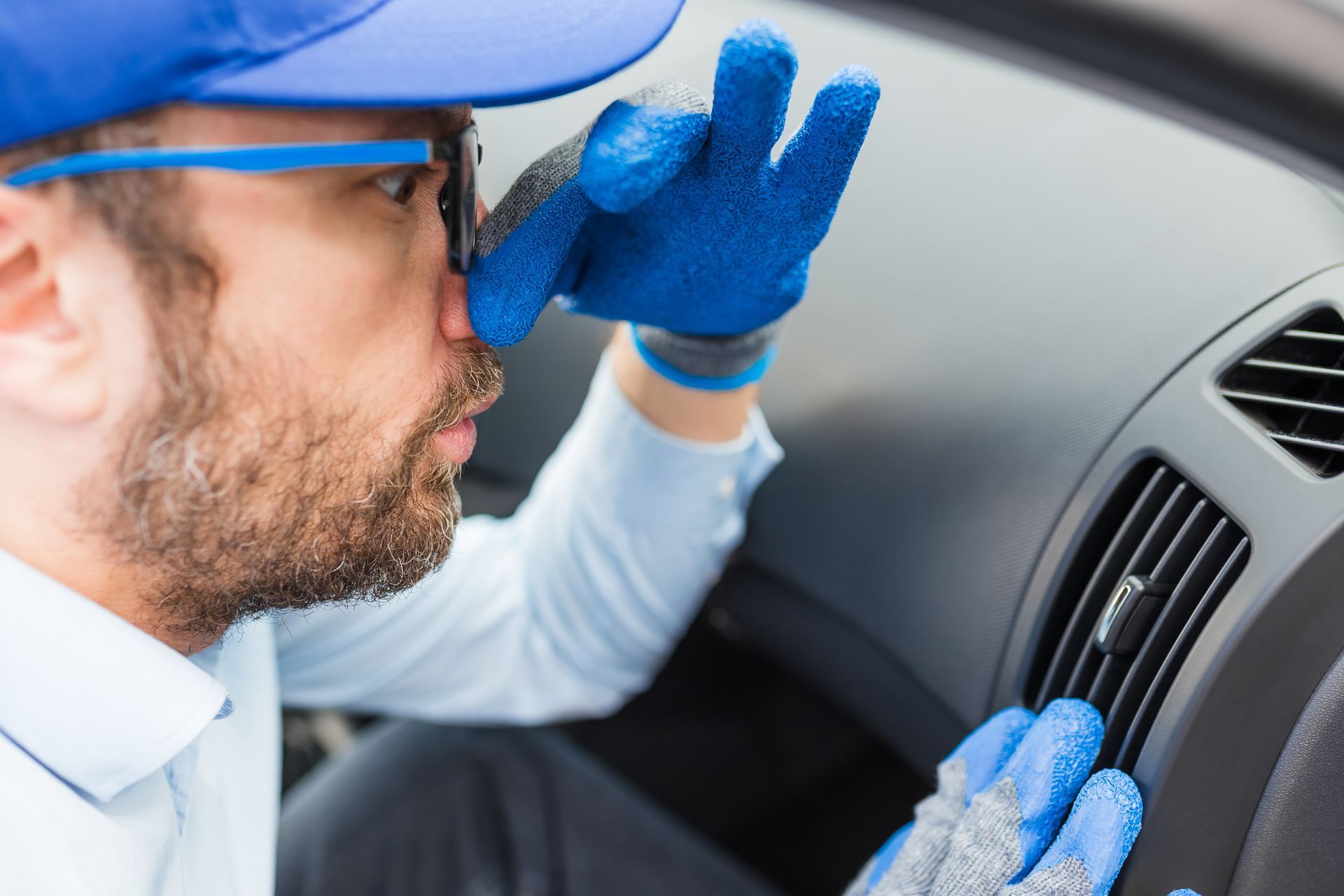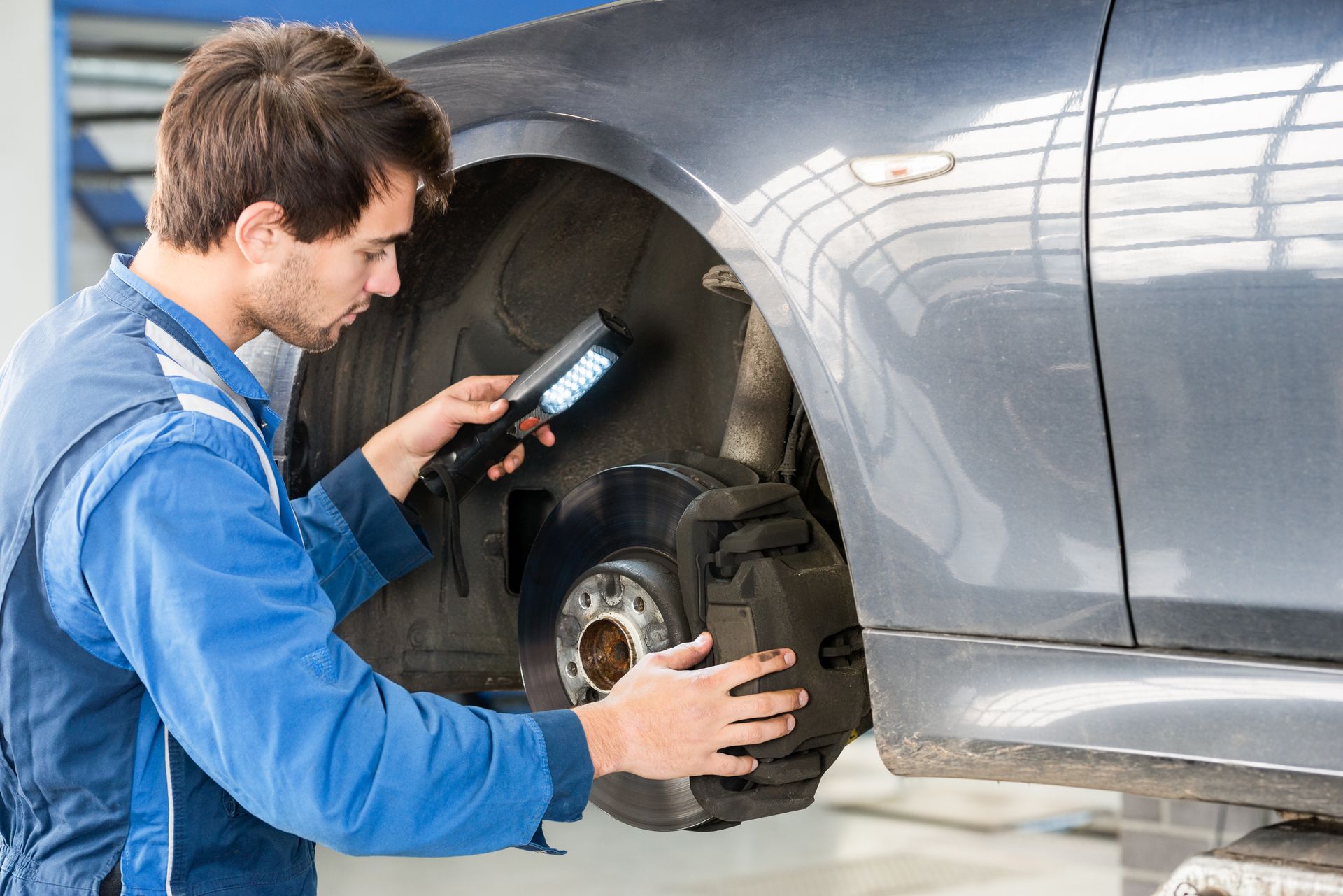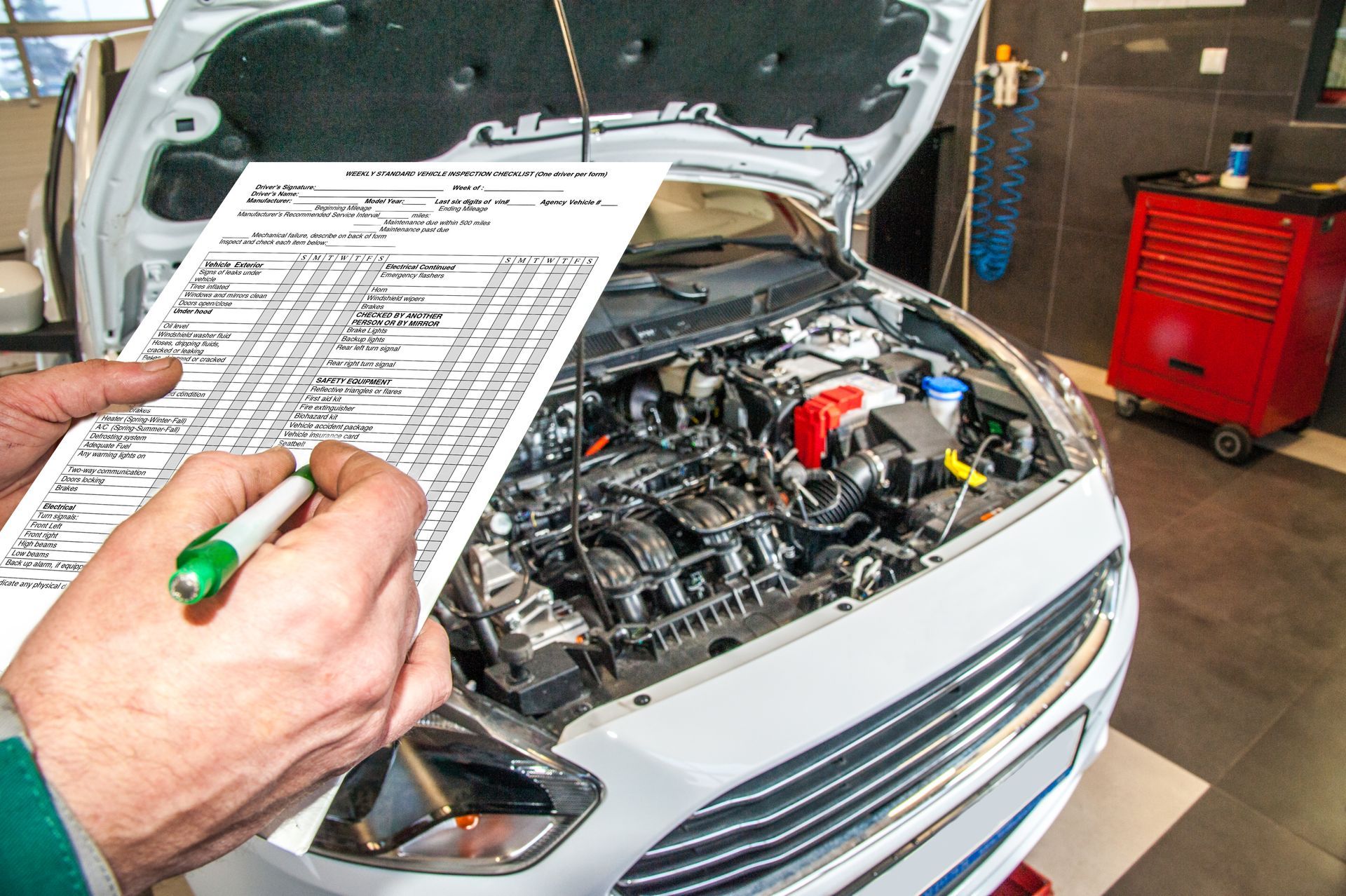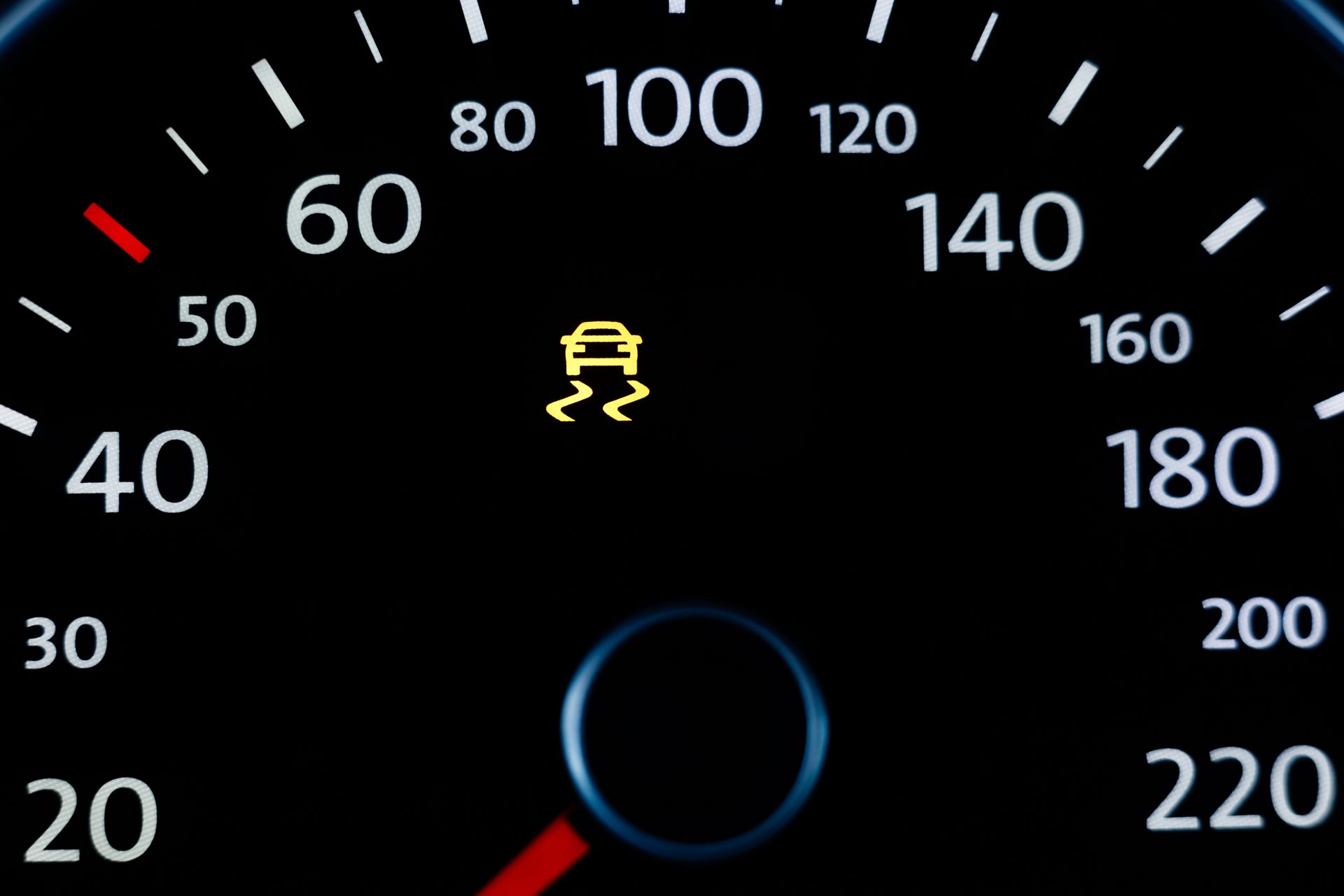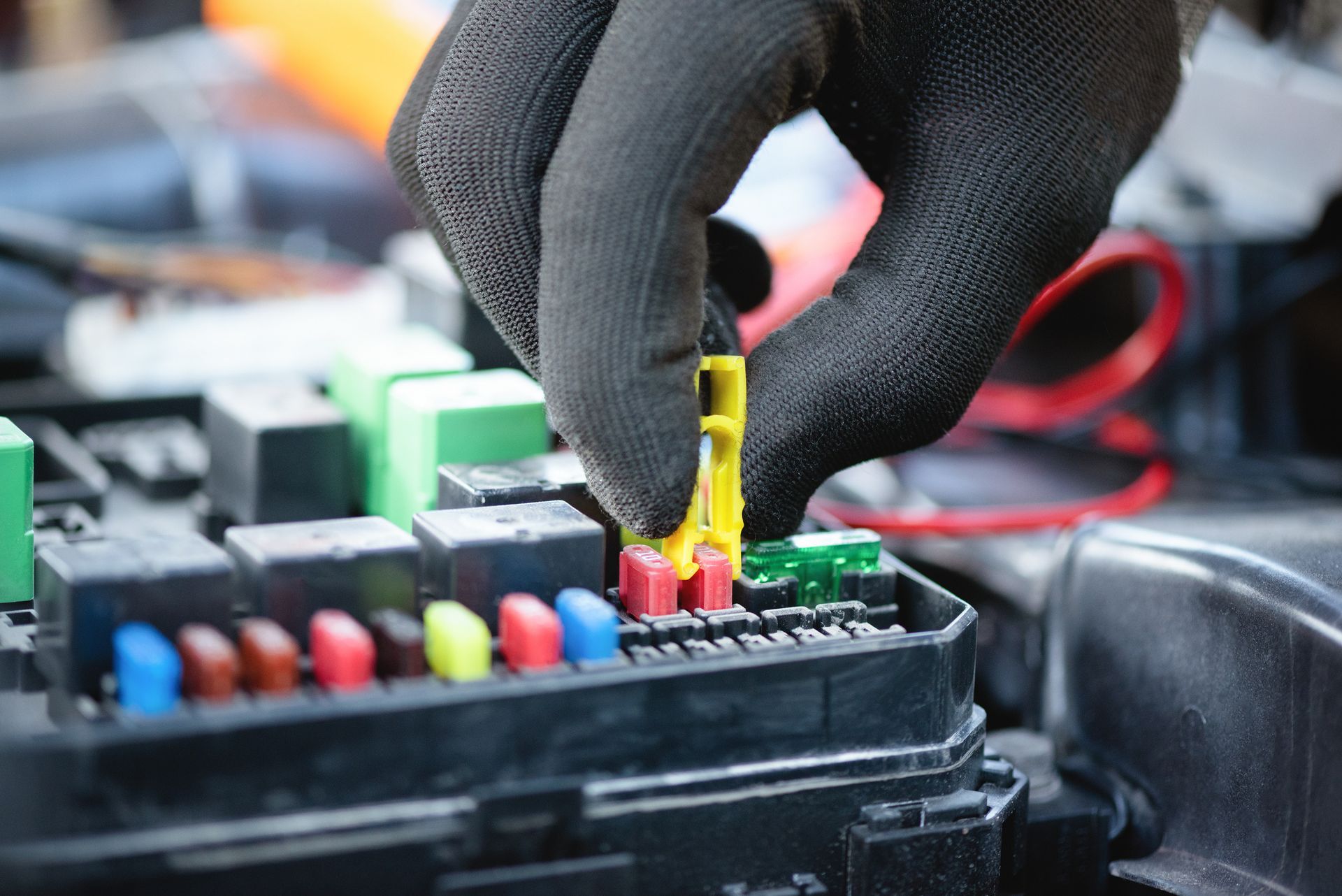Modern vehicles are equipped with technology that would have seemed like science fiction just a couple of decades ago. Among the most important innovations are Advanced Driver Assistance Systems (ADAS). These systems use sensors, cameras, radar, and computer processing to assist the driver, reduce human error, and make roads safer for everyone.
If you drive a newer vehicle, there’s a good chance it’s equipped with at least some form of ADAS. But how exactly do these systems improve road safety, and what do you need to know to get the most benefit from them?
What Does ADAS Include
ADAS is an umbrella term for a range of technologies designed to assist the driver in avoiding accidents and enhancing vehicle control. Some of the most common systems include:
Lane Departure Warning (LDW) & Lane Keeping Assist (LKA)
Alerts you if you drift out of your lane without signaling, and in some cases gently steers the vehicle back into position.
Adaptive Cruise Control (ACC)
Automatically adjusts your speed to maintain a safe following distance from the car ahead.
Blind Spot Monitoring (BSM)
Warns you of vehicles in your blind spots, reducing the risk of lane-change collisions.
Forward Collision Warning (FCW) & Automatic Emergency Braking (AEB)
Detects potential collisions with vehicles or objects ahead and can apply the brakes to prevent or lessen impact.
Rear Cross-Traffic Alert (RCTA)
Alerts you to traffic crossing behind you when backing out of parking spaces.
While these features vary by vehicle, their shared purpose is to provide extra awareness and reaction time, helping drivers avoid dangerous situations.
Reducing Human Error
Studies consistently show that human error is a factor in over 90% of car accidents. Drivers can be distracted, fatigued, or simply fail to see something in time. ADAS works by acting as an extra set of eyes and reflexes.
For example, blind spot monitoring reduces the likelihood of sideswipe accidents. Lane departure systems prevent drifting into oncoming traffic or off the roadway. Automatic emergency braking helps when a driver reacts too slowly to stopped traffic.
These systems don’t replace attentive driving, but they do offer a critical safety net that can prevent many common crash scenarios.
Enhancing Reaction Time in Critical Moments
Even experienced drivers have limited reaction times. At 60 mph, your car travels about 88 feet every second. If you take just one extra second to react, you’ve traveled almost the length of a basketball court before responding.
ADAS reduces this gap. Automatic emergency braking can react in milliseconds when sensors detect a likely collision. Adaptive cruise control can begin slowing the vehicle before the driver even touches the brake pedal.
By acting faster than human reflexes alone, these systems can drastically reduce accident severity or prevent it entirely.
Making Highway Driving Safer
Highway driving involves higher speeds and closer proximity to other vehicles, making mistakes potentially costly. Adaptive cruise control helps maintain a consistent, safe following distance without constant speed adjustments. Lane Keeping Assist prevents unintentional drifting, a common cause of sideswipe collisions.
These systems not only improve safety but also reduce fatigue on long trips. By managing some of the more repetitive aspects of driving, they allow drivers to remain more alert overall.
Improving Safety in Urban Traffic
City driving presents different challenges, including frequent stops, unpredictable pedestrians, cyclists, and tight parking spaces. Forward collision warning and automatic braking are especially valuable in stop-and-go conditions where distractions are more likely.
Rear cross-traffic alert helps prevent accidents when backing out of parking spots between larger vehicles, where visibility is often poor. Blind spot monitoring also plays a big role when merging into busy city traffic.
The Importance of Proper Calibration and Maintenance
For ADAS to work properly, the sensors and cameras must be precisely aligned. Even a minor misalignment from something as simple as a windshield replacement or a minor fender-bender can reduce system accuracy.
That’s why ADAS calibration is essential. Calibration ensures the cameras and sensors are positioned exactly as the manufacturer specifies. This allows the system to correctly detect vehicles, lane markings, and obstacles.
Regular maintenance is also important. Keeping cameras and sensors clean, ensuring windshield clarity, and repairing any damage promptly will help maintain system reliability.
Common Misconceptions About ADAS
Some drivers believe these systems make them less responsible for safe driving. In reality, ADAS is designed to assist, not replace, the driver. You should always keep your hands on the wheel, eyes on the road, and be prepared to take control immediately.
Another misconception is that all systems work the same. In fact, performance varies widely between manufacturers and even between models. Understanding the specific features of your vehicle is crucial to using them effectively.
Keep Your ADAS Working Properly at Matics Auto Repair in Port Charlotte, FL
Advanced safety systems are only as good as their calibration and maintenance. At Matics Auto Repair in Port Charlotte, FL, our team is trained to service and calibrate ADAS systems to manufacturer specifications. Whether you’ve had a windshield replaced, a minor collision, or just want to ensure your system is performing at its best, we’re here to help.
Keep your safety features working like new—schedule your ADAS service today.


